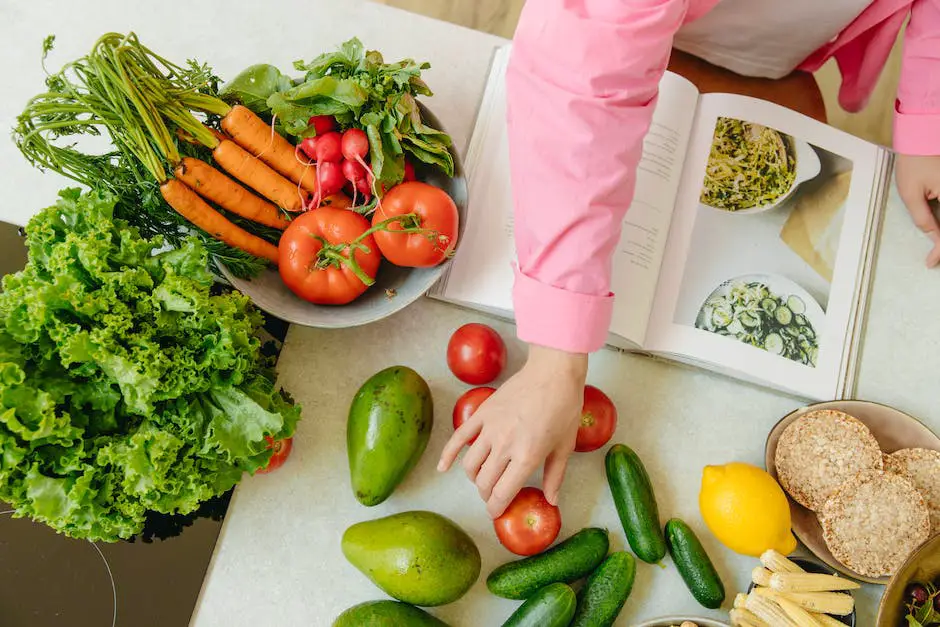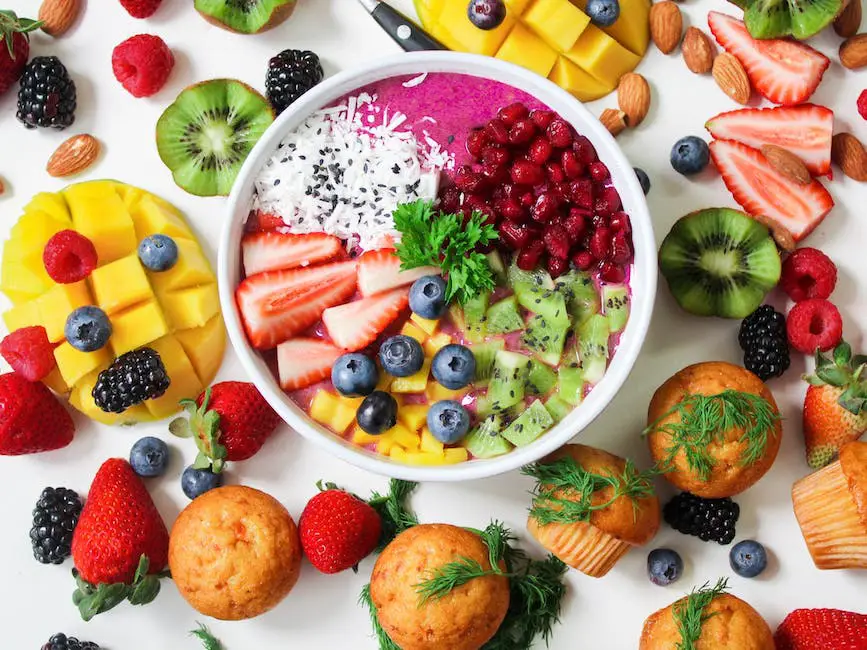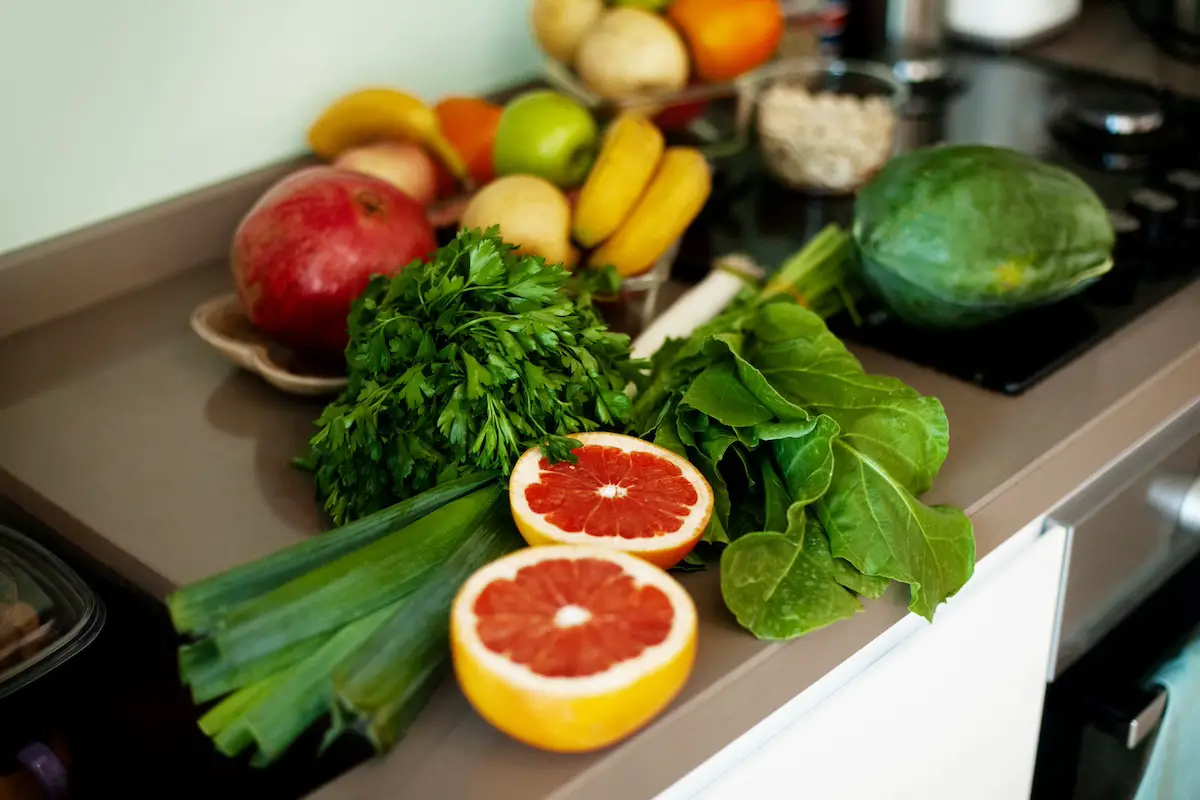Gum grafting is a dental procedure often necessary when you have gum recession, a condition where your gum tissue pulls back or wears away, exposing more of your tooth or its root. This can lead to sensitivity, pain, and even tooth loss if not treated.
Gum grafting helps correct this issue by adding tissue to the affected area, protecting your teeth, and reducing discomfort.
Understanding Gum Grafting and Recovery
Here is a step-by-step look at what happens during gum grafting and why proper nutrition is key for a smooth recovery.
Step 1: Consultation
Initially, you’ll visit your dentist or a periodontist (a gum specialist) who will examine your gums, discuss the best type of gum graft for your situation, and plan the procedure. There are mainly three types of gum grafts: connective-tissue grafts, free gingival grafts, and pedicle grafts. Each type serves different needs.
Step 2: The Procedure
On the day of the surgery, the area to be treated will be numbed for comfort. If a connective-tissue graft is being done, tissue will be taken from the roof of your mouth (or a donor source) and stitched to the gum area needing reinforcement.
For free gingival grafts, tissue is taken directly from the roof of the mouth. In a pedicle graft, tissue is partially cut and pulled over from neighboring areas to cover the exposed root. The procedure typically lasts about an hour.
Step 3: Recovery
Post-surgery, you’ll receive instructions on how to care for your mouth during recovery. It’s crucial to avoid brushing or flossing the grafted area until it has fully healed. You may be prescribed pain relievers and an antibiotic to prevent infection.
The Role of Nutrition in Recovery
Proper nutrition plays a vital role in healing after gum graft surgery. Here’s why:
- Promotes Healing: Foods rich in vitamins C and A, like oranges, strawberries, carrots, and spinach, can help your gums heal faster. Vitamin C, in particular, is essential for repairing tissues and helping wounds heal.
- Reduces Complications: Eating a balanced diet keeps your immune system strong, which is crucial for preventing infections in the grafted area.
- Soft Foods Post-Surgery: Immediately following surgery, it’s important to eat soft foods that don’t require much chewing and won’t irritate your gums. Examples include yogurt, applesauce, and oatmeal. Avoid hard, crunchy, or chewy foods until your dentist advises it’s safe to return to your regular diet.
- Hydration is Key: Staying hydrated helps keep your mouth moist, which is important for healing. Water is best. Avoid alcohol and caffeine as they can dehydrate you.
Following a gum graft, your focus should be on consuming nutritious foods that aid in healing, adhering to your dentist’s recovery instructions, and maintaining good oral hygiene to ensure the best possible outcome.
A successful recovery not only improves the appearance of your gums but also their health, contributing to overall dental and physical well-being.

Identifying Healing Foods for Gum Graft Recovery
Healing after a gum grafting procedure is not just about following your dentist’s instructions but also about what you put into your body. Nutrition plays a pivotal role in speeding up the recovery process and ensuring the success of the graft.
Let’s delve into which foods promote healing after gum grafting and unpack the reasons they are especially beneficial.
Foods High in Omega-3 Fatty Acids
Omega-3 fatty acids, found in foods such as fish, flaxseeds, and walnuts, are excellent for reducing inflammation, a common occurrence after gum grafting. Including these foods in your diet can help lessen swelling and discomfort, promoting a faster healing process.
Lean Proteins for Tissue Repair
Protein is essential for tissue repair and healing. After gum grafting, including sources of lean protein like chicken, turkey, tofu, and legumes can provide the necessary nutrients for your gums to heal efficiently. These proteins support the rebuilding of tissue, making them a vital part of your post-surgery diet.
Dairy Products for Calcium
Calcium isn’t just important for bone health; it also plays a significant role in promoting healthy gums. Dairy products like milk, yogurt, and cheese are great sources of calcium.
They also contain phosphorus, which can help in repairing enamel and tissues. Opting for low-fat varieties can ensure you’re receiving these benefits without added fats.
Vitamin E-Rich Foods
Vitamin E is known for its anti-inflammatory properties. Foods like almonds, spinach, and sweet potatoes are packed with vitamin E, aiding in reducing inflammation and promoting faster healing post-gum grafting. Including these foods can contribute significantly to healing and reduced discomfort.
Avoid Hard and Crunchy Foods
While focusing on what to eat, it’s equally essential to know what to avoid. Hard and crunchy foods can potentially damage the graft site. During the healing period, it’s best to steer clear of these types of foods to ensure the integrity of the gum graft.
Incorporating Smoothies
Sometimes, especially in the days immediately following surgery, eating solid foods might still be challenging. This is where smoothies come into play. Incorporating fruits, vegetables, and a source of protein like Greek yogurt into smoothies can be an effective way to nourish your body without risking harm to the graft site.
Incorporating these foods into your diet after gum grafting can significantly contribute to a smoother and quicker healing process. By focusing on anti-inflammatory foods, lean proteins, and foods rich in essential vitamins and minerals, you’re not only supporting your gum health but your overall well-being too.
Remember, though, that these dietary suggestions should complement the care instructions provided by your dental professional for the best outcome.
Creating a Post-Gum Graft Diet Plan
Integrating Healing Foods into Your Diet Post-Gum Graft Surgery
Following gum graft surgery, your mouth will be sensitive and healing, therefore, eating the right foods is crucial. This guide helps you effectively integrate healing foods into your diet to support your recovery.
Step 1: Plan Your Meals
Start by planning your meals. This ensures you consume a variety of nutrients essential for healing. Consider creating a weekly menu that includes smoothies, soups, and purees. Planning prevents reaching for convenient, possibly harmful foods.
Step 2: Embrace Soft Foods
Focus on soft foods that require minimal chewing. Mashed vegetables like sweet potatoes, avocados, and squash are excellent as they are also packed with vitamins. Incorporating them into your meals promotes healing without straining your gums.
Think outside the box; for instance, cauliflower can be mashed or used in soups, offering variety and nutrition.
Step 3: Smoothies Are Your Best Friend
Lean on smoothies for nutrient-dense meals that are gentle on your gums. Combine fruits, vegetables, a source of protein like Greek yogurt, and a healthy fat such as flaxseed oil to make a balanced meal. For extra healing power, add turmeric or ginger – both known for their anti-inflammatory properties.
Step 4: Get Creative with Protein Intake
Your body needs protein to heal. Opt for sources that are easy on your mouth. Incorporate softened legumes, like lentils, into soups or smoothies. Tofu is another versatile, soft protein that can take on many flavors, suitable for blending into meals without irritating your surgical site.
Step 5: Slowly Introduce New Foods
As your gums heal, gradually reintroduce more solid foods, starting with soft, cooked vegetables and tender proteins like fish. Pay attention to how your body reacts. If you experience discomfort, revert to softer options and try again later.
Step 6: Listen to Your Body
Remember, everyone’s healing journey is unique. Listen to your body. If something feels off, or if a particular food causes discomfort, it’s best to avoid it until further into your recovery. Pushing your limits can set back your healing process.
Step 7: Stay Hydrated
Drink plenty of fluids. Staying hydrated is key for healing. Water is best, but you can also hydrate with herbal teas or diluted non-acidic fruit juices. Avoid alcohol and caffeine as they can dehydrate you and negatively affect your recovery.
Step 8: Avoid Certain Foods
Lastly, it’s crucial to avoid foods that can hinder your healing. Steer clear of spicy foods, acidic fruits like oranges and tomatoes, and anything too hot in temperature. These can irritate your gums and slow down the healing process.

Choosing Healthy Foods for Post-Gum Graft Recovery
By following these steps, you can effectively integrate healing foods into your diet post-gum graft surgery. This approach supports your recovery, ensuring you bounce back stronger, with your gums healthier than ever.








